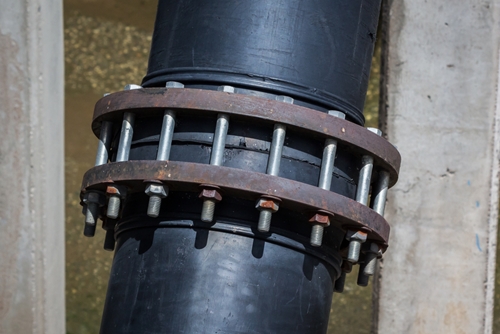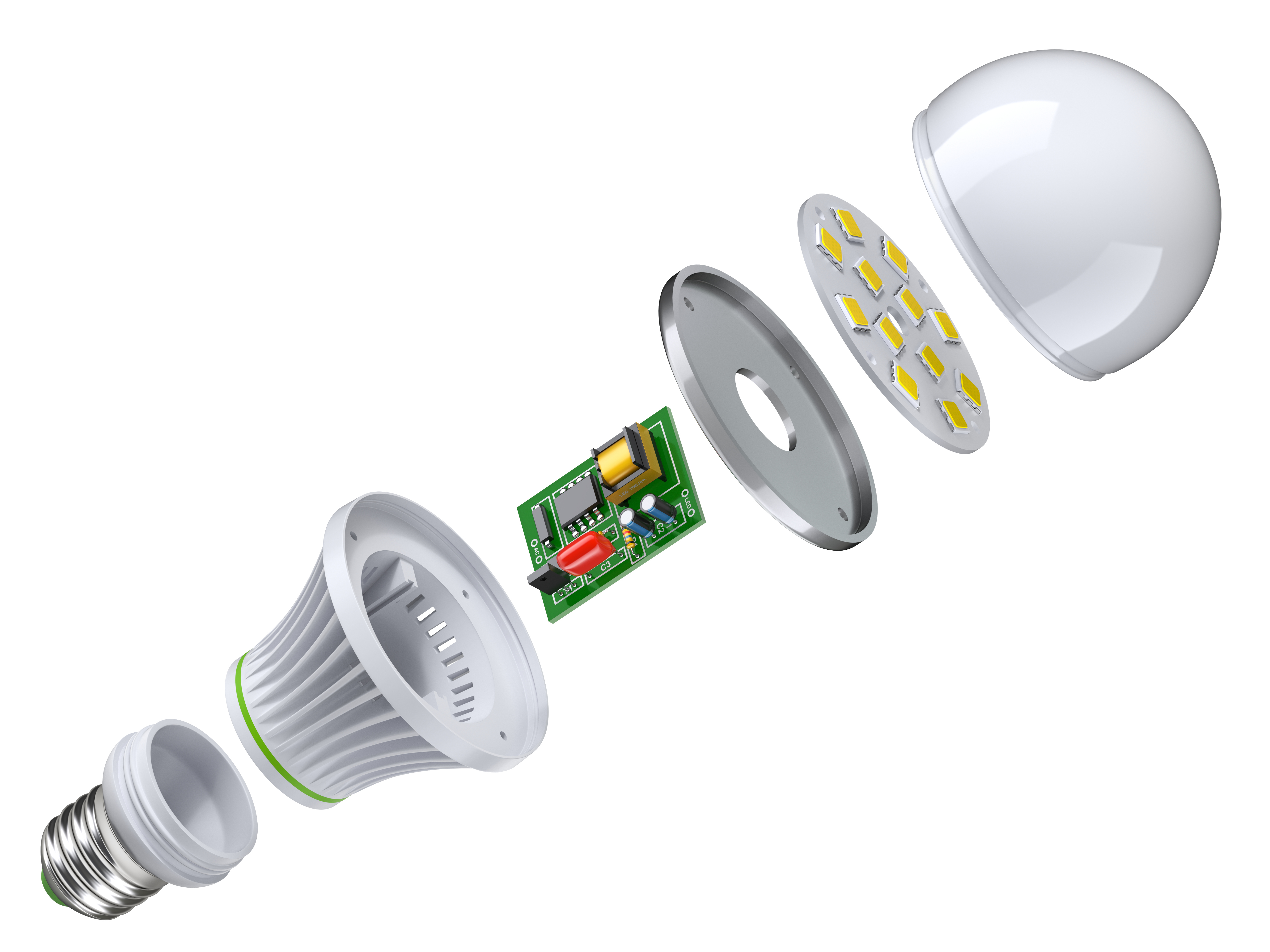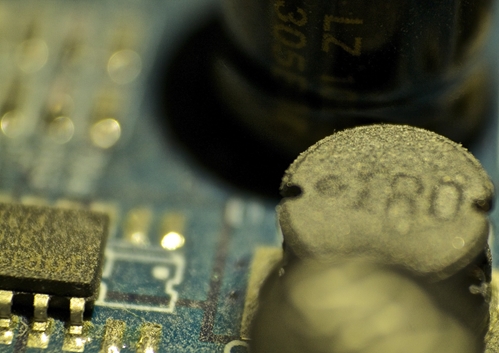

- Contributions by industrial experts with engineers in mind
- Focused on specialty-chemical material applications and selection
Knowledge Center
Robotics and Automation in Fluid and Adhesives Dispensing
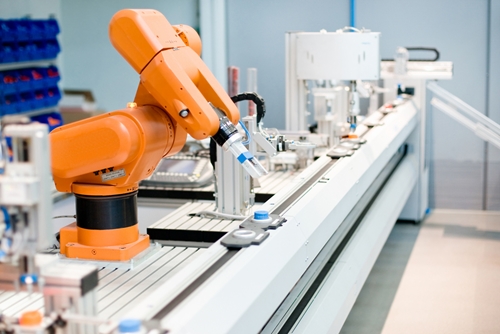
Fluids and Adhesives Dispensing with Robotics and Automation
Automation greatly impacts modern business and personal life, and this is particularly evident in applications involving machines used for dispensing and mixing. Modern advances in technology have resulted in highly specific and sophisticated fluid- and adhesive-dispensing robotics that have uses across a number of industries.
Such machinery - which can range from desktop units to robots incorporated into an assembly line - has become especially useful in today's world. The increasing complexity of chemistries that are dispensed and the continued miniaturization of important products (think flip chips and circuit boards for ever-shrinking consumer electronics) have demonstrated particular need and usage of automated dispensing solutions.
Key benefits of robotics
As can be reasoned in comparing any automated solution against a more manual-dependent process, chief benefits of robotic dispensing units include increased cost-effectiveness and time savings. However, these efficiencies are even more amplified given the applications robotics are used for, like small part assembly.
Other advantages are:
- Consistency: Quality is not a moving target for automated dispensers. The repeatability and consistency of dispensed chemistries is a key benefit that leads to greater savings due to decreased error.
- Precision: Robots can be programmed down to the millimeter and have far greater ability to accurately and evenly dispense fluid or adhesives than other processes. Again, repeatability plays a big role here.
- Production: Insusceptible to fatigue, dispensing machinery maintains a greater capacity for production, while not impacting quality, and is highly controllable.
- Pattern: Because of the way they can be programmed, some, but not all, robots can be customized between various dispensing styles: beads, arcs, circles, dotted lines.
- Internet of Things: An increasingly recognized benefit to robots is the ability for manufacturers and others to sync and link their machines throughout assembly. This interactivity between machines, made possible by the Internet of Things, can identify problems, collect data and ensure a consistent workflow.
However, there exist drawbacks to robotics. The upfront cost is what usually give most pause to those investigating the use of automated dispensers. Viscosity of materials dispensed may also be problematic for some machines, meaning users need to pay attention to the dispensing tip. It may also take resources to sufficiently calibrate each robotic unit. Without a thorough review of all process parameters, users may risk incorrect or incomplete applications, underlining the need for comprehensive assessments before robot installation.
"The repeatability and consistency of dispensed chemistries is a key benefit that leads to greater savings due to decreased error."
What do these robots look like?
As mentioned, robotic dispensing units can take many forms. Among the most commonly used are desktop or benchtop units, which usually have a work area ranging from 200 mm by 200 mm to 400 mm by 400 mm. Such units are often used to increase productivity without adding labor, or improve precision in dispensing. Essentially all one has to do to operate is load the machine, position it and press start. Mobility and adaptability are also advantages to desktop units, which can be moved between stations and programmed to handle new dispenses and products by the day.
Such units are able to transition between tasks largely thanks to machine vision. Cameras embedded in or affixed to machines allow them to view and precisely measure the product, as accurate identification and placement is necessary for correct dispensing. Machine vision - which may also take the form of laser or sensor technology - also assists in ensuring that correct dispensing. Exact patterns and quantities of adhesives can be guaranteed by this spatial awareness. Users can also place fiducials as a point of reference for the machine, which can offset disparities between different units.
Another iteration of the robotic dispenser is the larger and more industrial-focused assembly line robot. Familiar to most as standalone, giant robotic arms that swivel on multiple axes, there is still diversity in assembly line robots: Models range from bench-top Cartesian robots to fully articulated 6-axis robots. With the latter, not only do some variances apply adhesives, but can be handled by operators through ingress and egress. Further, some units can offer users the choice to manipulate the part around a fixed dispense point, or conversely manipulate dispensing around a fixed part.
Relevance in industries
The advanced capabilities and efficiencies of robotics make them indispensable to certain industries and applications.
Electronics manufacturing is particularly enhanced by the use of automated fluid and adhesive dispensers. As smartphones and chips used to power all sorts of devices continue to get smaller, the need for specialization and precision in dispensing grows. The ability of robots to scale with production (as demand for such electronics continues to grow) is another advantage baked into robotics. Small parts assembly is a highly exact process, and machines are specifically suited to these operations.
Other highly industrial applications exist for robotics. For instance, the aerospace, auto manufacturing, medical device manufacturing and renewable energy spaces all benefit from automated dispensing solutions.

